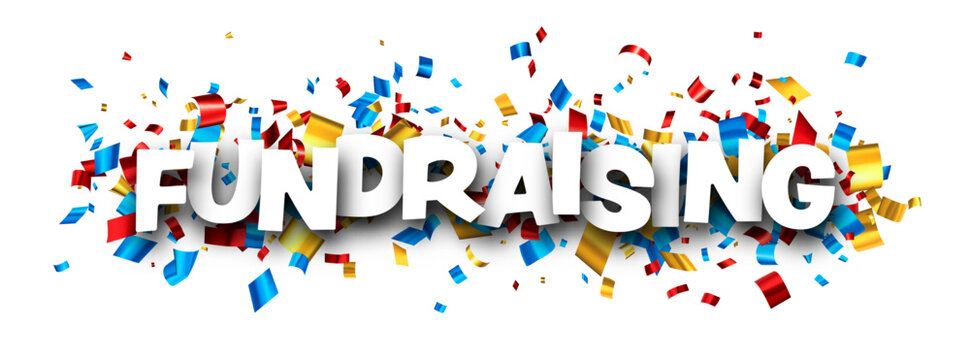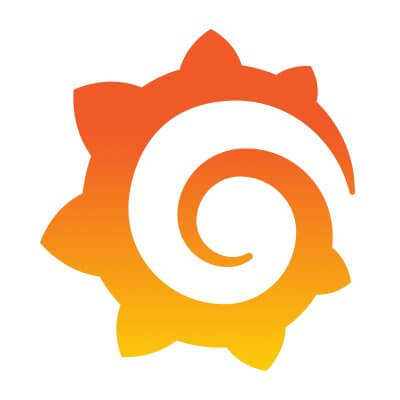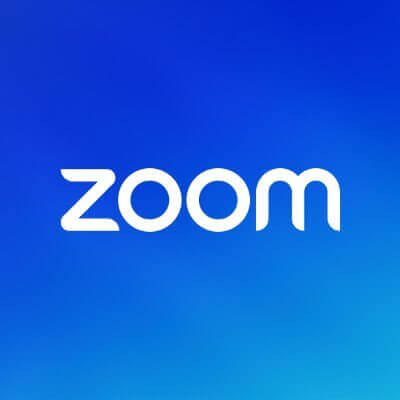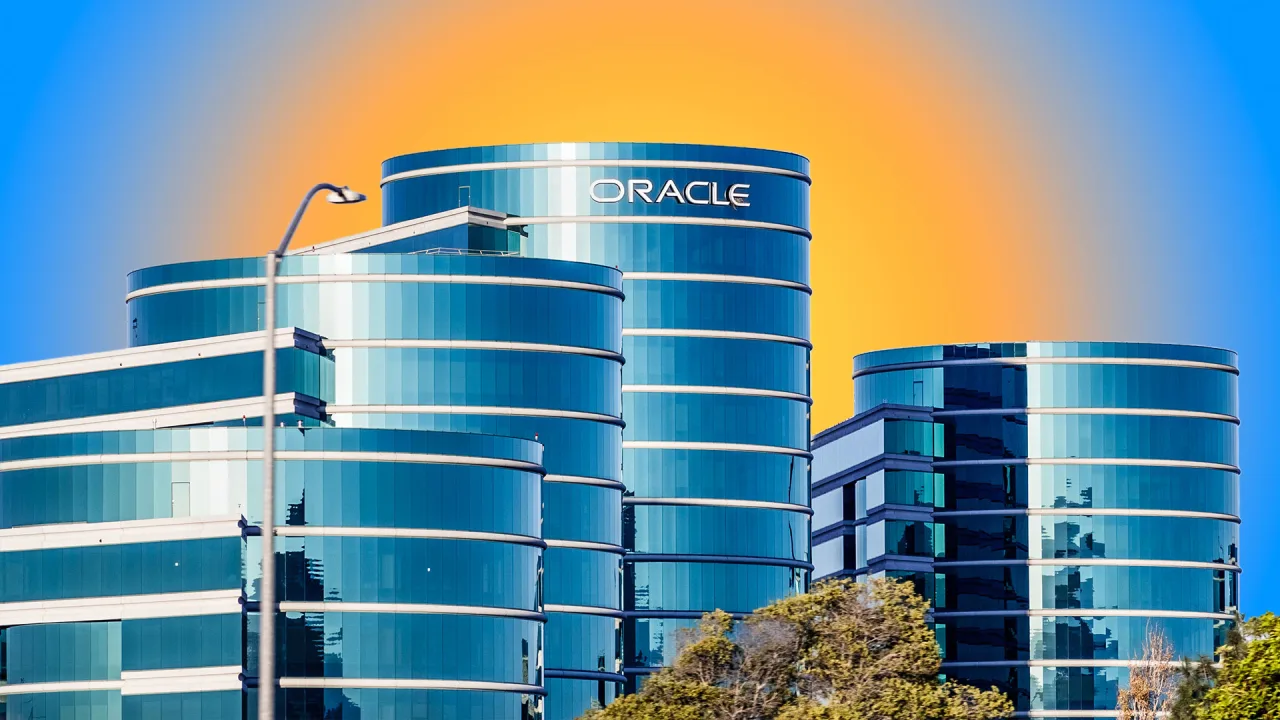I write novels and build AI. The real story is more complicated than either side admits
“In three years,” a fellow tech executive recently told me with serene confidence, “Everyone will be able to make a full-length movie in AI, totally personalized for them, by just typing up a few prompts.” I considered pointing out that this would destroy one of the central functions of art, and one of its greatest pleasures: to connect individuals across time and space through a single act of imagination. But I didn’t bother. The furious debate around AI and art mostly consists of opposing sides talking past each other. Tech evangelists offer breezy assertions that generative AI empowers everyone to become an artist, while creators across multiple mediums rage against the technology as a threat to their livelihood—or even to the future of human creativity. Disney and Universal’s lawsuit against Midjourney will likely intensify this cultural clash. It’s painful to hear the hyperbole flying from both directions, especially since I have a foot in both camps. After a lifetime honing my craft, I’m proud to have written several New York Times-bestselling novels and every episode of my TV show Panic. In recent years, after researching various technologies for creative projects, I’ve also contributed to the development of new AI models. As someone who works in both AI and the arts, let me point out some of the key nuances getting lost in the noise. Generative AI needs artists. Not the other way around Here’s a secret that hyperbolic AI execs don’t like to acknowledge, but artists should definitely hear: LLMs like ChatGPT have already consumed virtually all the data available online. To meaningfully improve, they now need a continuous influx of new content, including original art. Without it, they’re headed for a recursive loop: generating content that feeds on other AI-generated content, leading to increasingly low-quality or bizarre results. To put it bluntly, generative AI companies need artists and the work they haven’t made yet. OpenAI’s infamous Studio Ghibli meme stunt rightly drew criticism for disrespecting Miyazaki’s well-known disdain for AI, but it also underscored a key point: there’s only so much beloved art in the world at the level of Studio Ghibli, and AI has already devoured it. Artists should recognize the leverage this gives them. They could collectively establish terms AI companies must follow for any content published online, or risk starving the models of fresh creative input. At the same time, artists might reconsider viewing generative AI solely as a threat. That defensive posture underestimates the enduring value of their talent and risks missing out on new avenues of creativity. If anything, the deluge of AI-generated sludge may actually elevate the value of handmade art—books, paintings, sculpture, live performance—making these physical forms more precious than ever. Media history supports this. In the early 2000s, with the rise of podcasting, radio’s demise seemed imminent. Yet today, radio remains twice as popular as podcasts—nearly 80 years after TV’s debut supposedly heralded its end. It’s also clear how much generative AI companies struggle without artists to guide them. Consider the endless parade of AI-generated social media influencers—pale imitations of their human counterparts. Why not create an influencer that looks and acts like a dragon or a new alien species? Without someone to infuse the process with joy and imagination, generative AI content fails to engage, inspire, or unite. Or in creative industry terms: it’s not compelling IP. Artists may not need generative AI, but it’s a toolset worth exploring. I’m excited about what happens when this technology is wielded by real artists. They, not coders, will be the ones to discover new forms of storytelling and visualization that were previously unimaginable. What Art and AI Already Share I’m hopeful that we’ll see more collaboration between AI companies and artists. But first, each side must recognize that while they may share a goal—creating something disruptive—their approaches are radically different. In tech, efficiency is often the end goal of innovation. For artists, inefficiency is the process. The noodling, tweaking, perfecting, and obsessing: these are usually ignored by tech when designing generative AI platforms, but they’re essential to the creation of truly unique art. And, I would argue, essential to the joy of creating at all. Creativity is fundamentally the act of imprinting imagination onto the world; it is visible in the whorls, details, and choices that reflect the maker’s expressive spirit. My tech executive friend, who believes AI movies can be prompted into existence, overlooks how the inefficiency of the creative process is integral not just to the final product but to the pleasure of making it. It often takes me a full day to write a single page, agonizing over every metaphor and word choice. And the writing is only one phase: I recently sold a novel, The
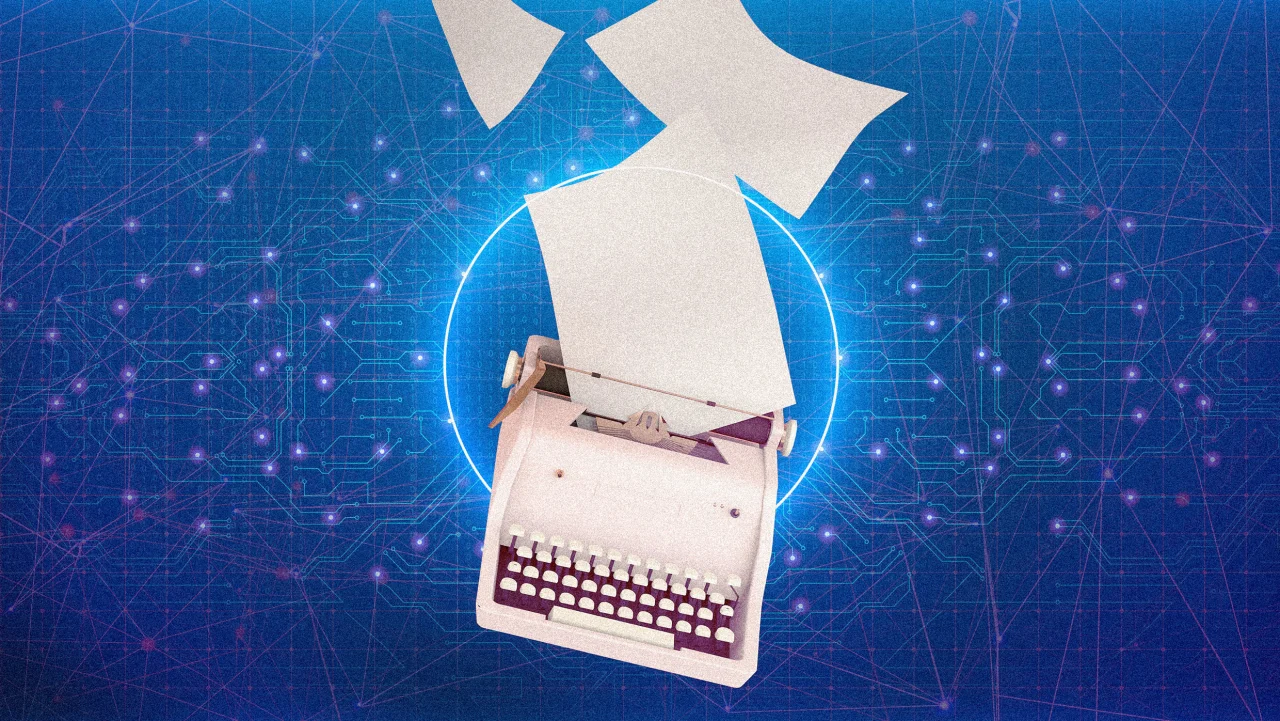
“In three years,” a fellow tech executive recently told me with serene confidence, “Everyone will be able to make a full-length movie in AI, totally personalized for them, by just typing up a few prompts.”
I considered pointing out that this would destroy one of the central functions of art, and one of its greatest pleasures: to connect individuals across time and space through a single act of imagination. But I didn’t bother. The furious debate around AI and art mostly consists of opposing sides talking past each other. Tech evangelists offer breezy assertions that generative AI empowers everyone to become an artist, while creators across multiple mediums rage against the technology as a threat to their livelihood—or even to the future of human creativity. Disney and Universal’s lawsuit against Midjourney will likely intensify this cultural clash.
It’s painful to hear the hyperbole flying from both directions, especially since I have a foot in both camps. After a lifetime honing my craft, I’m proud to have written several New York Times-bestselling novels and every episode of my TV show Panic. In recent years, after researching various technologies for creative projects, I’ve also contributed to the development of new AI models.
As someone who works in both AI and the arts, let me point out some of the key nuances getting lost in the noise.
Generative AI needs artists. Not the other way around
Here’s a secret that hyperbolic AI execs don’t like to acknowledge, but artists should definitely hear:
LLMs like ChatGPT have already consumed virtually all the data available online. To meaningfully improve, they now need a continuous influx of new content, including original art. Without it, they’re headed for a recursive loop: generating content that feeds on other AI-generated content, leading to increasingly low-quality or bizarre results.
To put it bluntly, generative AI companies need artists and the work they haven’t made yet. OpenAI’s infamous Studio Ghibli meme stunt rightly drew criticism for disrespecting Miyazaki’s well-known disdain for AI, but it also underscored a key point: there’s only so much beloved art in the world at the level of Studio Ghibli, and AI has already devoured it.
Artists should recognize the leverage this gives them. They could collectively establish terms AI companies must follow for any content published online, or risk starving the models of fresh creative input.
At the same time, artists might reconsider viewing generative AI solely as a threat. That defensive posture underestimates the enduring value of their talent and risks missing out on new avenues of creativity.
If anything, the deluge of AI-generated sludge may actually elevate the value of handmade art—books, paintings, sculpture, live performance—making these physical forms more precious than ever. Media history supports this. In the early 2000s, with the rise of podcasting, radio’s demise seemed imminent. Yet today, radio remains twice as popular as podcasts—nearly 80 years after TV’s debut supposedly heralded its end.
It’s also clear how much generative AI companies struggle without artists to guide them. Consider the endless parade of AI-generated social media influencers—pale imitations of their human counterparts. Why not create an influencer that looks and acts like a dragon or a new alien species? Without someone to infuse the process with joy and imagination, generative AI content fails to engage, inspire, or unite. Or in creative industry terms: it’s not compelling IP.
Artists may not need generative AI, but it’s a toolset worth exploring. I’m excited about what happens when this technology is wielded by real artists. They, not coders, will be the ones to discover new forms of storytelling and visualization that were previously unimaginable.
What Art and AI Already Share
I’m hopeful that we’ll see more collaboration between AI companies and artists. But first, each side must recognize that while they may share a goal—creating something disruptive—their approaches are radically different.
In tech, efficiency is often the end goal of innovation. For artists, inefficiency is the process. The noodling, tweaking, perfecting, and obsessing: these are usually ignored by tech when designing generative AI platforms, but they’re essential to the creation of truly unique art. And, I would argue, essential to the joy of creating at all. Creativity is fundamentally the act of imprinting imagination onto the world; it is visible in the whorls, details, and choices that reflect the maker’s expressive spirit.
My tech executive friend, who believes AI movies can be prompted into existence, overlooks how the inefficiency of the creative process is integral not just to the final product but to the pleasure of making it. It often takes me a full day to write a single page, agonizing over every metaphor and word choice. And the writing is only one phase: I recently sold a novel, The Girl in the Lake, based on my decades-long fascination with past lives and near-death experiences, and their possible scientific underpinnings.
Still, I believe the friction between art and tech is partly fueled by an uncomfortable truth: They have more in common than they’d like to admit.
Both are highly elitist and gatekeeping industries, often skeptical of anyone outside their preferred colleges, institutions, or circles. Both are ego-driven, with a belief that their work is among the most important contributions to humanity.
In their own ways, both technologists and artists are bidding for immortality—whether by creating a timeless novel or a godlike AI. A little humility from both sides could go a long way toward making future conversations more productive.
I first got into developing technology while researching for my novels, and I’ve never forgotten that the word “technology” comes from techne—Greek for “a system for making art.” Here’s to an AI-driven future that expands artistic possibility, rather than one locked in outdated, binary debates.


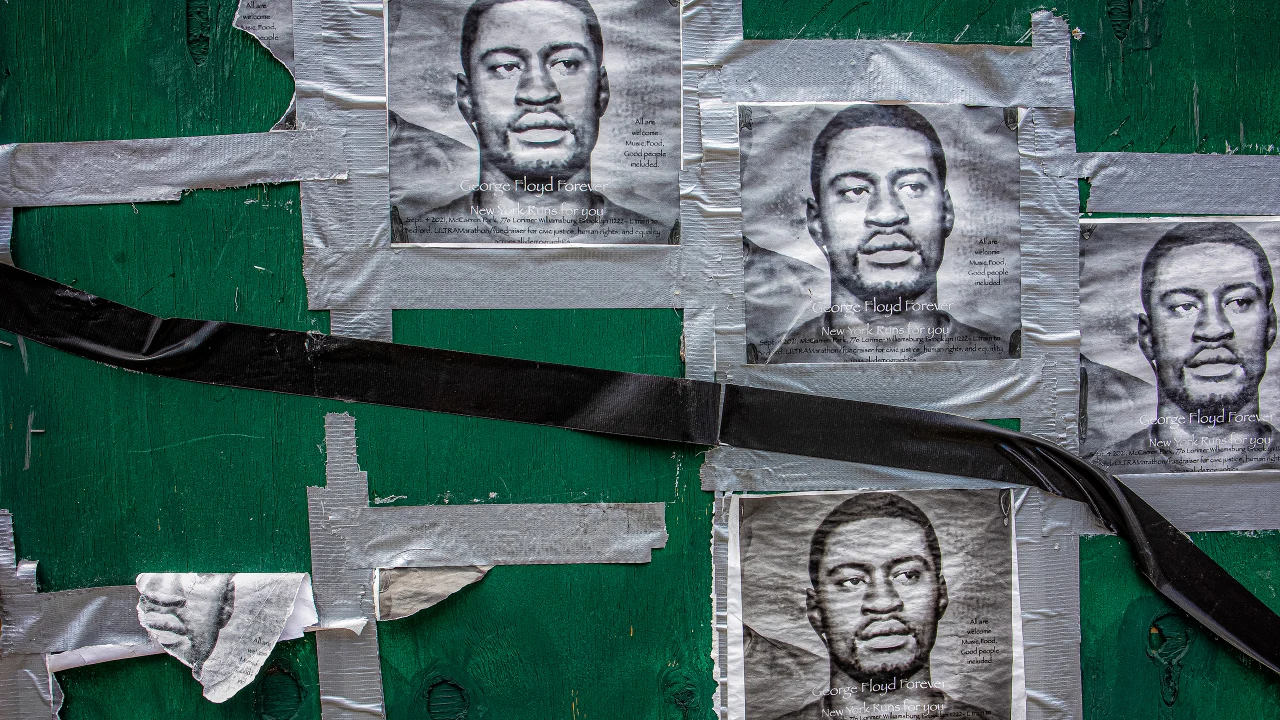





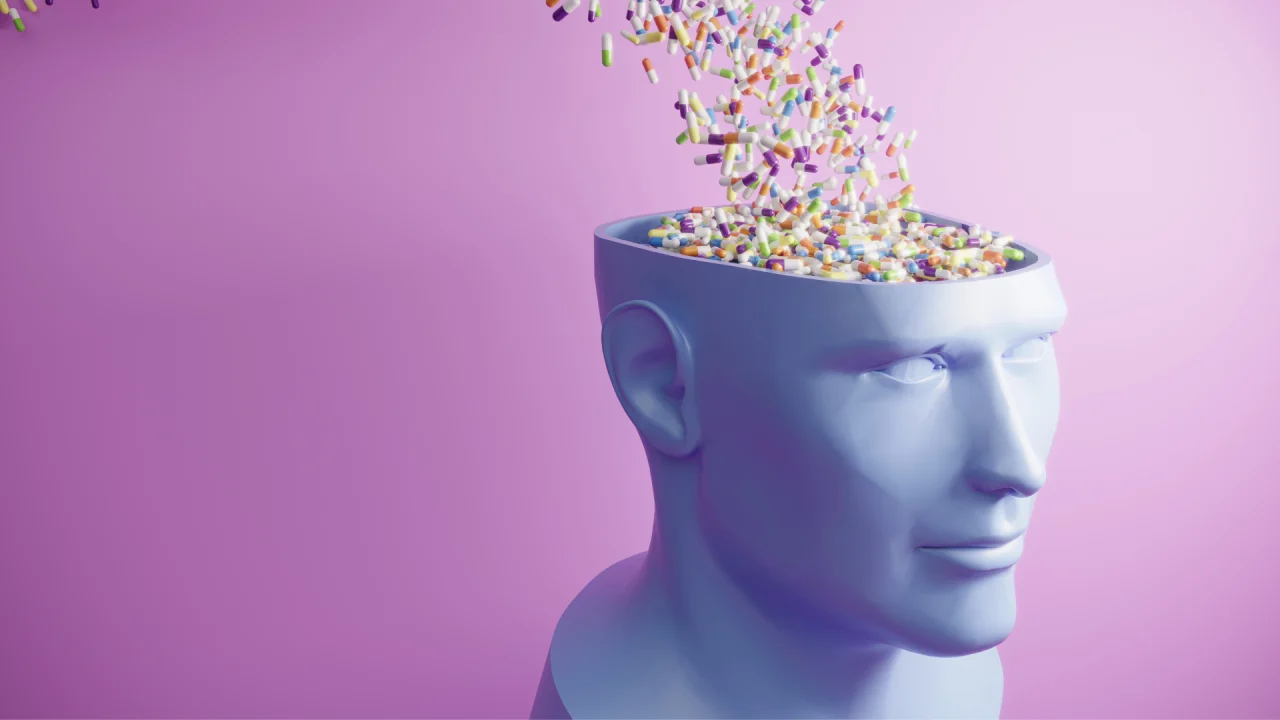
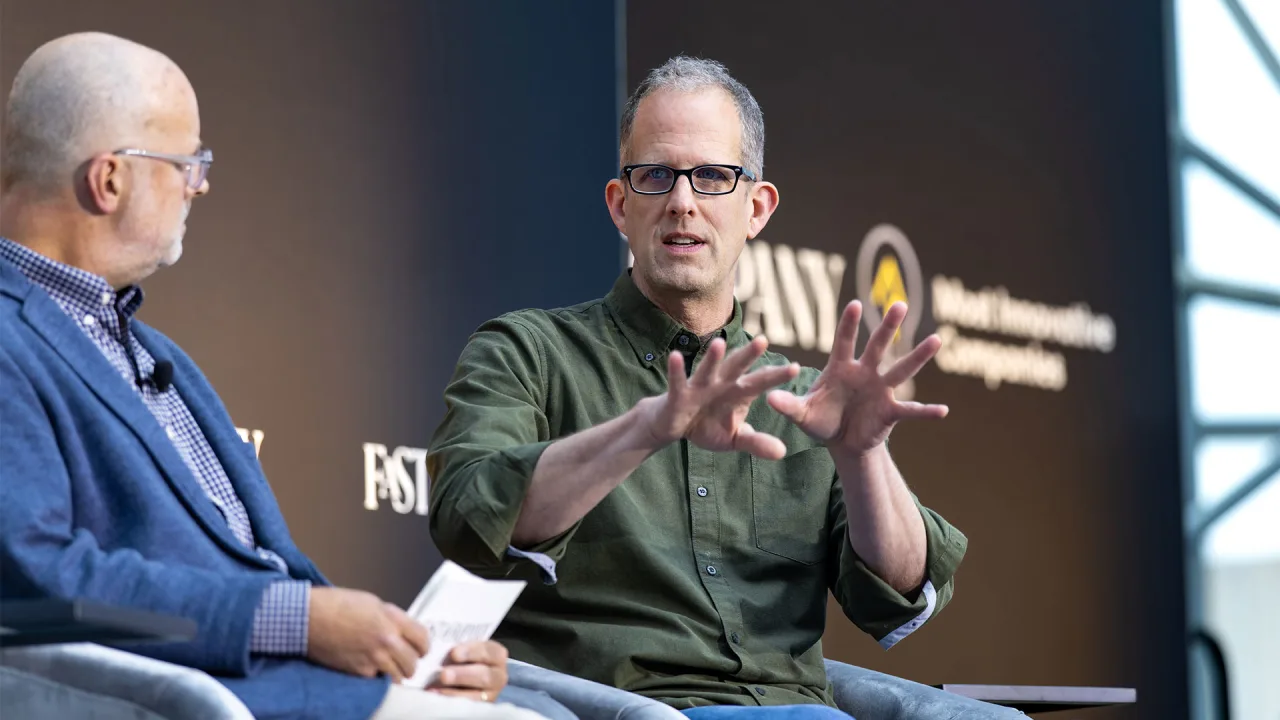






























































![https //g.co/recover for help [1-866-719-1006]](https://newsquo.com/uploads/images/202506/image_430x256_684949454da3e.jpg)
























![[PATREON EXCLUSIVE] The Power of No: How to Say It, Mean It, and Lead with It](https://tpgblog.com/wp-content/uploads/2025/06/just-say-no.jpg?#)

